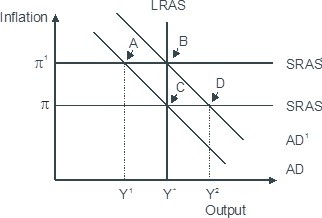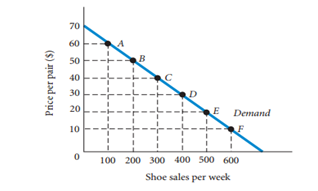Answer the following statement(s) true (T) or false (F)
1. Increased taste for European goods in the United States leads to decreased demand for euros.
2. Any change in the average income of U.S. consumers will also change the equilibrium exchange rate, ceteris paribus.
3. When the dollar depreciates, this means that a dollar can buy more units of foreign currency than before.
4. If Europe experiences a higher inflation rate than does the United States, European products become less expensive to U.S. consumers.
5. Governments were unable to agree on an alternative fixed-rate approach when the Bretton Woods system collapsed.
1. False
2. True
3. False
4. False
5. True
You might also like to view...
A closed economy is one in which exports and imports constitute a large share of GDP.
Answer the following statement true (T) or false (F)
A production possibilities curve is downward sloping because of
a. the law of increasing costs b. the finite nature of the resource base c. inefficiency d. improper output mix e. unemployment
Based on the figure below. Starting from long-run equilibrium at point C, a tax cut that increases aggregate demand from AD to AD1 will lead to a short-run equilibrium at point ________ and eventually to a long-run equilibrium at point ________, if left to self-correcting tendencies. 
A. D; C B. B; C C. B; A D. D; B
A sporting goods store has estimated the demand curve for a popular brand of running shoes as a function of price. Use the diagram to answer the question that follow.

A. Calculate demand elasticity using the midpoint formula between points A and B, between points C and D, and between points E and F
b. If the store currently charges a price of $50, then increases that price to $60, what happens to total revenue from shoe sales (calculate P Q before and after the price change)? Repeat the exercise for initial prices being decreased to $40 and $20, respectively